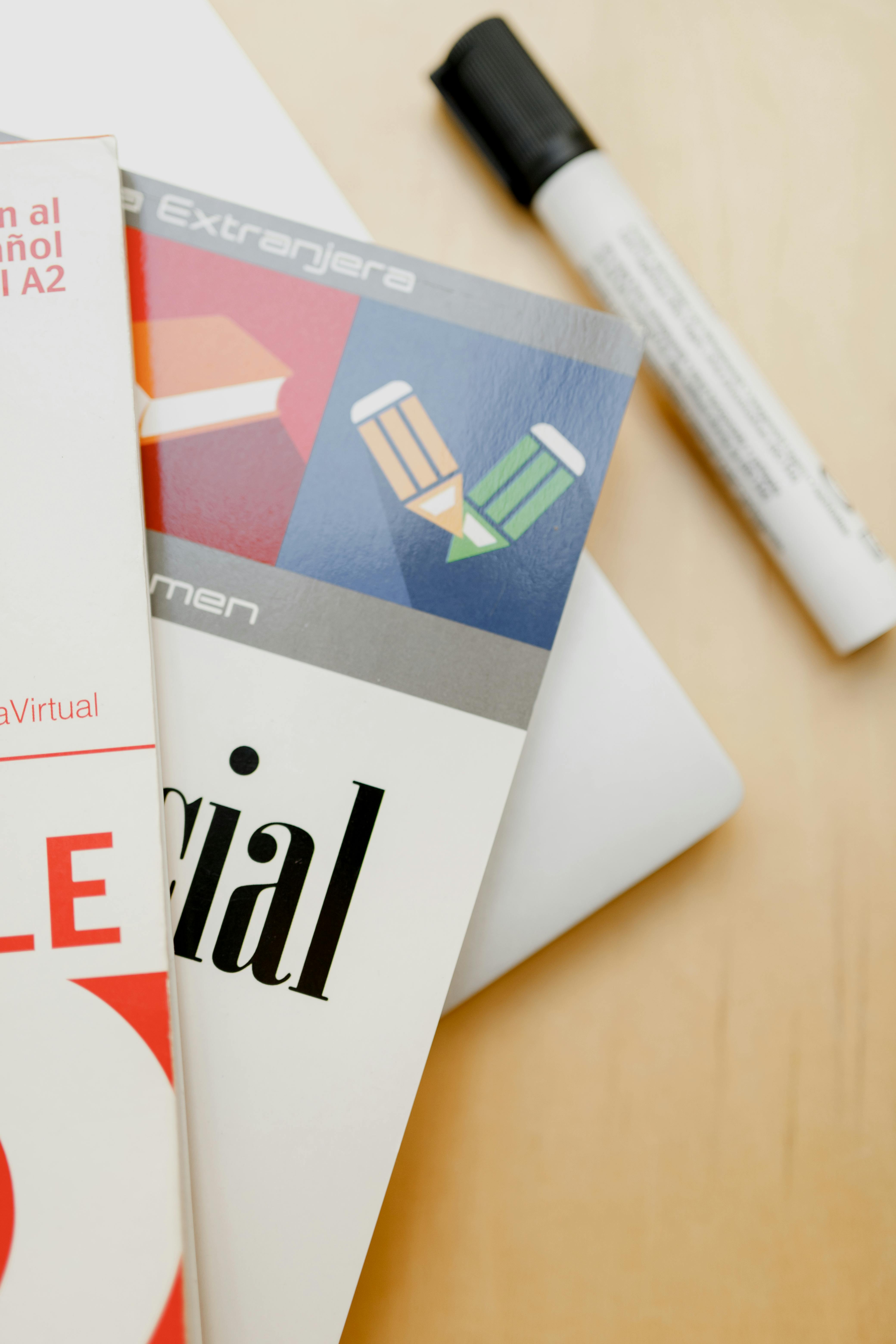Comprehensive Guide to Special Education Language Arts Curriculum
Meeting the unique needs of students in special education requires a tailored approach, especially in language arts. In today’s evolving educational landscape, having a specialized curriculum ensures equitable access to literacy and communication skills. This article explores how to develop and apply an effective special education language arts curriculum for all learners.

Understanding the Fundamentals
A special education language arts curriculum is designed to support students with diverse learning needs in reading, writing, speaking, and listening. Its foundation rests on adapting content, delivery, and expectations to match individual abilities and goals.
Historically, language arts instruction followed a one-size-fits-all model. Today, educators employ research-backed methods to foster growth in literacy while addressing cognitive, emotional, and behavioral differences in students receiving special education services.
1.1 Individualized Education Programs (IEPs)
An IEP is the cornerstone of a successful special education curriculum. It defines measurable goals, services, and accommodations for each student. For instance, a student with dyslexia may need extended time or audiobooks as part of their literacy instruction.
These documents are legally binding and collaboratively created, ensuring that the language arts curriculum aligns with the learner’s unique developmental profile. Misunderstanding or neglecting the IEP can lead to ineffective instruction and missed growth opportunities.
1.2 Differentiated Instruction
Unlike traditional instruction, differentiated teaching recognizes the varying levels of ability in a classroom. Educators adjust the complexity of texts, the format of assignments, and the pace of instruction.
For example, some students may respond better to visual storytelling, while others benefit from kinesthetic learning strategies. Differentiation ensures that the special education language arts curriculum is accessible and engaging to all learners.
Practical Implementation Guide
Translating educational theory into practice requires thoughtful planning, consistent execution, and flexibility. Educators must be prepared to adapt on the fly, monitor progress, and celebrate small victories along the way.

2.1 Actionable Steps
- Conduct a Literacy Assessment: Evaluate reading levels, phonological awareness, and comprehension through tools like DIBELS or Fountas & Pinnell.
- Select Materials That Align With IEP Goals: Use adapted texts, interactive books, and software tailored for special education students.
- Create a Flexible Weekly Plan: Define short- and long-term goals, integrate daily reading and writing, and adjust based on ongoing observations.
2.2 Overcoming Challenges
Common issues include student disengagement, limited vocabulary development, and inconsistent reading fluency. Solutions include using high-interest texts, daily sight word practice, and positive behavior reinforcement.
Teachers should also build strong relationships with families, use consistent routines, and celebrate milestones to boost confidence and motivation.
Advanced Applications
Once students achieve foundational literacy skills, educators can integrate more complex instructional strategies. This progression should be timely and based on both qualitative and quantitative data.

3.1 Integrative Literacy Approaches
Content-area literacy involves teaching reading and writing through subjects like science and history. For instance, a lesson on habitats can include reading informational texts and composing a paragraph on animal adaptations.
Data from schools using these methods show improved reading comprehension and vocabulary retention among special education populations.
3.2 Technology Integration
Software such as Read&Write, Bookshare, and Co:Writer enhance accessibility. They offer text-to-speech, visual dictionaries, and predictive typing to support language arts instruction.
These tools must be compatible with existing IEP guidelines and educational platforms used by the school or district.
Future Outlook
The future of special education language arts curriculum is being shaped by advances in artificial intelligence, adaptive learning systems, and increased advocacy for inclusion.
In the next five years, we expect a surge in personalized learning plans driven by real-time data. Educators can prepare by participating in professional development and collaborating on multi-disciplinary teams.
Conclusion
Key takeaways include the importance of IEP alignment, the role of differentiated instruction, and the value of technology. Each plays a vital role in shaping a responsive special education language arts curriculum.
Now is the time to refine your strategies, seek feedback, and embrace innovation. Begin by reviewing your current curriculum and identifying three actionable changes to implement this semester.
Frequently Asked Questions
- Q: What is a special education language arts curriculum? It’s a tailored instructional plan that adapts reading, writing, and communication lessons for students with learning differences.
- Q: How do I get started with implementation? Begin by assessing student needs, reviewing their IEPs, and selecting differentiated materials accordingly.
- Q: How much time does it take to see progress? Most students show measurable growth in 6–12 weeks with consistent, individualized support.
- Q: Is the curriculum expensive to implement? Costs vary, but many effective tools are free or subsidized through grants and school resources.
- Q: How does this differ from general education language arts? It includes individualized goals, accommodations, and supports to meet specific learning needs.
- Q: Is it difficult to learn how to teach this curriculum? It requires training and experience, but many resources and support networks are available for educators.
- Q: How does this apply to high school students? Secondary instruction may include functional literacy, resume writing, and comprehension of real-world texts.
